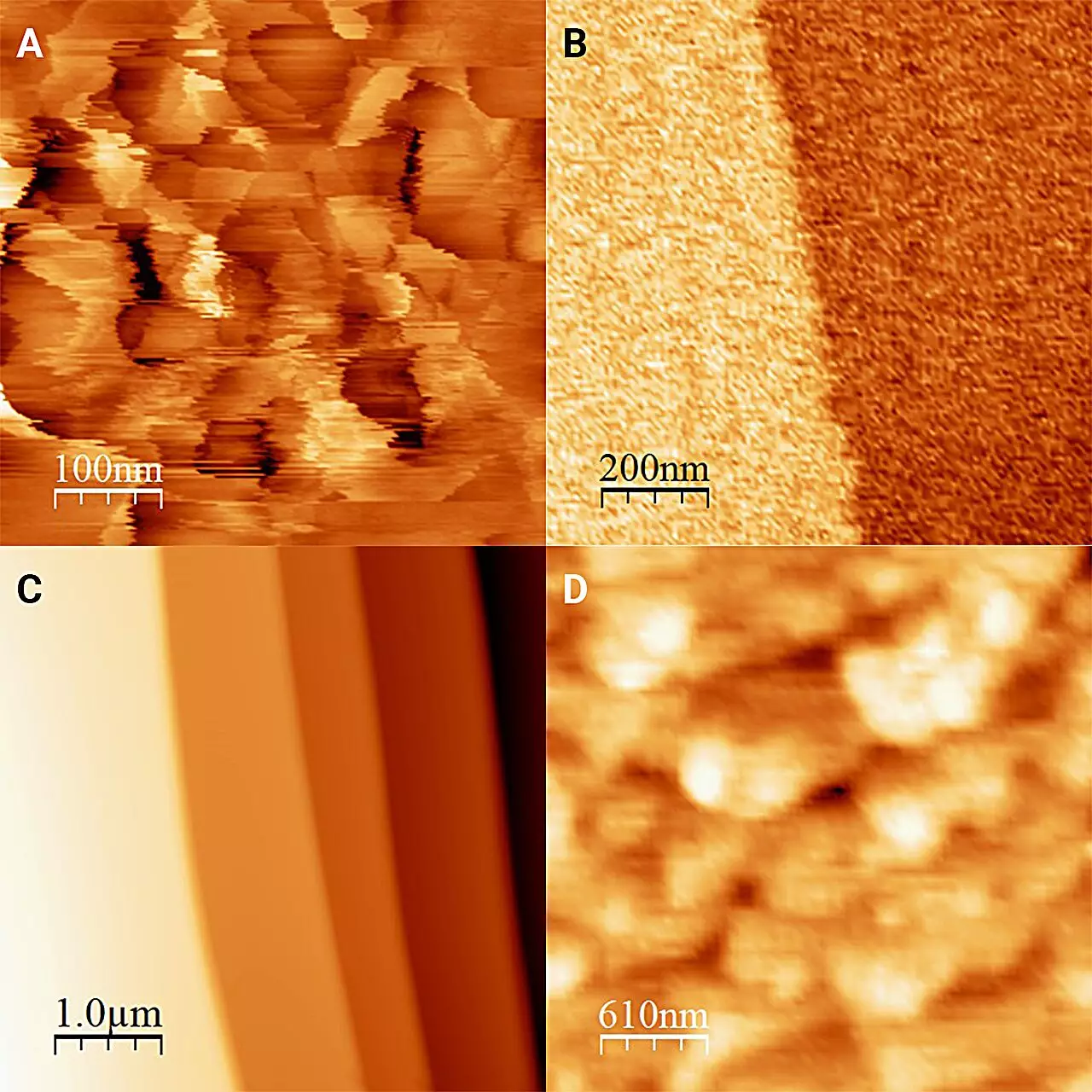Ice, an element that has fascinated humanity for centuries, harbors a complex relationship with the liquid that frequently envelops it. Understanding this interaction is paramount for diverse fields, ranging from climate science to material engineering. Recent research from Kobe University and the Institute for Molecular Science has achieved a groundbreaking milestone by directly observing the shape of ice at its interface with a liquid medium—an achievement that seemed improbable until now. Through innovative methods employing antifreeze and a refrigerated microscope, scientists have illuminated secrets of ice that may reshape our understanding of physical interactions at the microscopic level.
The fundamental challenge in studying the ice-liquid interface lies in the rapid transformation between these two states of matter. Ice regularly melts into water and vice versa, complicating the observation of their contact point. Researchers, led by Onishi Hiroshi, contended with these dynamics in a compelling manner. By submerging ice in a liquid environment cooler than its freezing point, they prevented melting and stabilized the interface, allowing precise measurements. This ingenious approach underlines the importance of creativity in scientific inquiry—rather than simply observing an expected phenomenon, the team took calculated risks to witness the dance of particles that ordinarily goes unnoticed.
The Freezing Mystery of Frost Pillars
Among their revelations, the team noted that traditional ice surfaces exhibit “frost pillars” approximately 20 nanometers high, a phenomenon that reflects the often chaotic nature of ice exposure to air. However, within the confines of the antifreeze, ice presented a strikingly different picture, emerging almost perfectly flat with only minimal variations observable at the molecular level. These findings raise provocative questions about the physical properties of ice under various environmental conditions and highlight the significance of the surrounding medium in dictating ice structure.
The discovery of flat ice amidst antifreeze emphasizes not only the resilience of solid ice in specific conditions but also introduces the concept of dissolution and recrystallization processes at play. It appears that molecular interactions on the ice’s surface are influenced by the antifreeze, leading to a refined state that challenges previously accepted notions about ice structure in liquid environments. This breakthrough prompts further curiosity regarding how different liquids interact with ice, an inquiry that the researchers duly undertook.
Diversity in Liquids: The Role of Alcohols
The team’s experimental design took a methodical approach to explore various alcohols beyond just 1-octanol, revealing an intriguing diversity in ice structure. Even with similar physical properties, distinctions in how each alcohol affected the ice surface hinted at deeper, unexplored dynamics at the ice-liquid boundary. This raises essential questions about how variables like molecular composition and intermolecular interactions can elicit different responses from ice, a topic begging for further exploration. By probing these aspects, the researchers underscore the remarkable complexity stemming from seemingly simple interactions.
Moreover, the investigation into “hardness” of the ice demonstrated significant deviations from prior estimations derived from less direct methods. This newfound understanding of ice’s resilient properties under specific conditions holds critical implications across various disciplines, from engineering applications to climate modeling where the dynamics of ice and water play critical roles. It presents a clarion call to revisit previous assumptions and integrate more nuanced approaches in ice research.
A Call to Future Innovations
The researchers express an optimistic vision for their future endeavors, eyeing advancements in measurement resolution down to single water molecules. This ambition is more than a mere technical pursuit; it represents an essential forward leap in our capability to investigate matter on a molecular scale. By pushing the boundaries of atomic force microscopy and employing complementary measurement techniques, scientists can unlock further secrets of ice and its interactions.
In dissecting the hidden subtleties of ice and liquid interactions, the study breathes new life into our understanding of natural phenomena. The meticulous approach of these researchers serves as an inspiring testament to the relentless pursuit of knowledge—a commitment that champions innovative thinking and a willingness to ponder the complexities of our physical world. As they delve deeper into the microscopic ballet between ice and liquid, the potential applications of their findings could resonate in surprising and impactful ways across multiple scientific disciplines and beyond.

